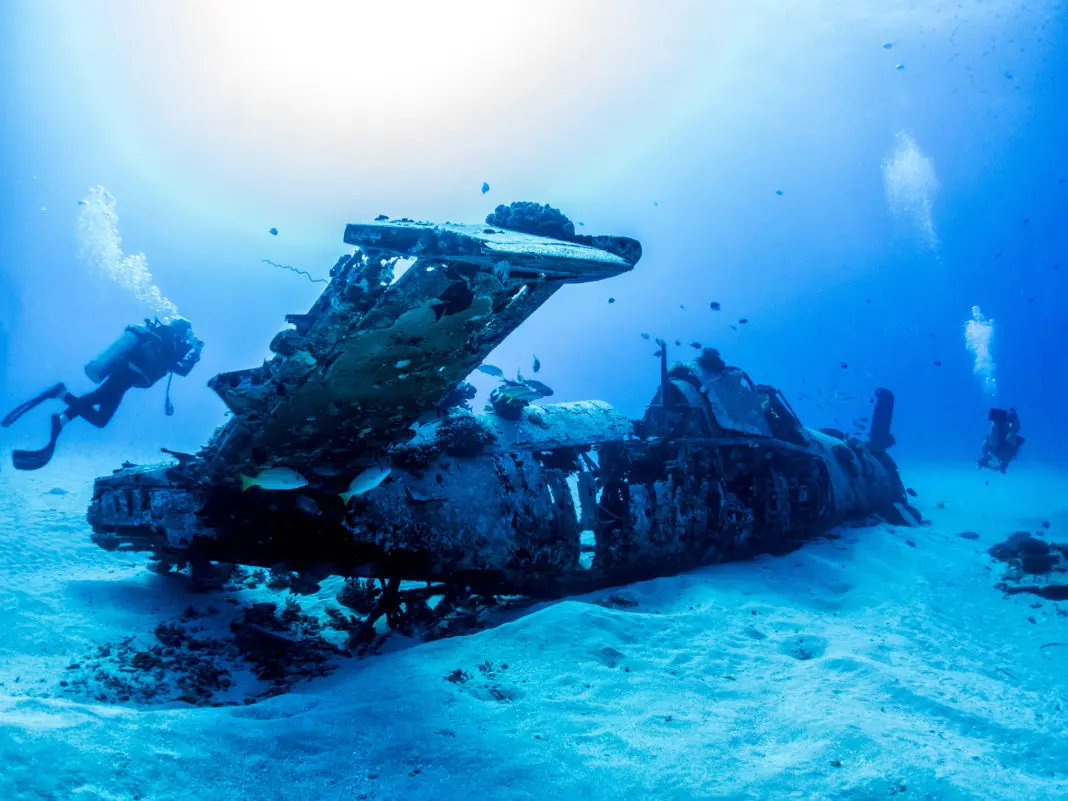The human-occupied vehicle (HOV) Alvin has documented the final resting places of two US Navy craft off the coast of San Diego, California.
The discovery was part of an expedition by the Woods Hole Oceanographic Institution (WHOI) and the Naval History and Heritage Command (NHHC). The expedition took place aboard the Office of Naval Research (ONR)-owned research vessel (R/V) Atlantis, which WHOI operates.
During the expedition, which the US National Science Foundation funds, the crew located the following wrecks:
- World War I-era submarine USS F-1 (SS 20)
- Post-World War II Grumman TBM Avenger aircraft, BuNo. 53404.
Commenting on the decision, NHHC Director and retired Rear Admiral Sam Cox stated:
“Operating at sea has always been inherently dangerous, and even more so for early submarines. In this case, night, fog, speed, and radio miscommunications contributed to the loss of 19 men, who demonstrated great courage just by volunteering for submarine duty in those days. F-1 was the second submarine to be lost to an operational accident, the first being F-4 off Hawaii in 1915, which cost the lives of the entire crew of 21. Nevertheless, from such tragedies, hard lessons were learned that over time contributed to safer peacetime operations and more effective wartime operations.”
While Bradley Krueger, an archaeologist with NHHC’s Underwater Archaeology Branch, added:
“This is a remarkable success for the Navy, NHHC, and underwater archaeology. Using new methods and technologies to document the Navy’s submerged cultural heritage, while also honoring its lost Sailors, is both an exciting and humbling experience, particularly as we approach the commemoration of 250 years since the founding of the U.S. Navy. The submarine’s conning tower, periscopes, wheel, and hatches are all present, much as they were the same day the sub was lost.”
Kruger added, discussing the remains of the aircraft:
“The degree of preservation seen on the Avenger is remarkable and many of its markings and symbols are still present and readable. This key detail indicates the aircraft was lost in 1947 or later, which proved to be an incredibly helpful clue that led us to identify the wreck as BuNo. 53404.”

